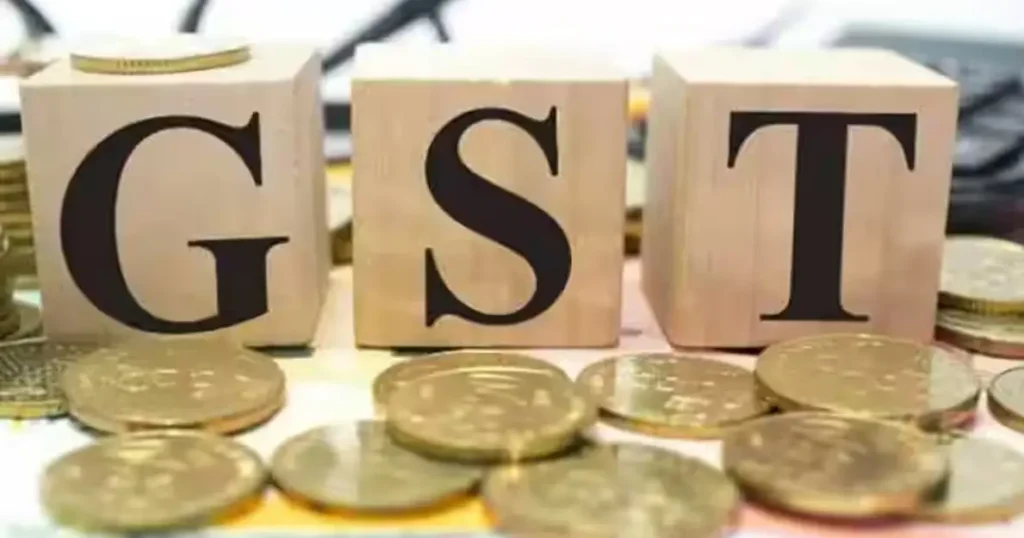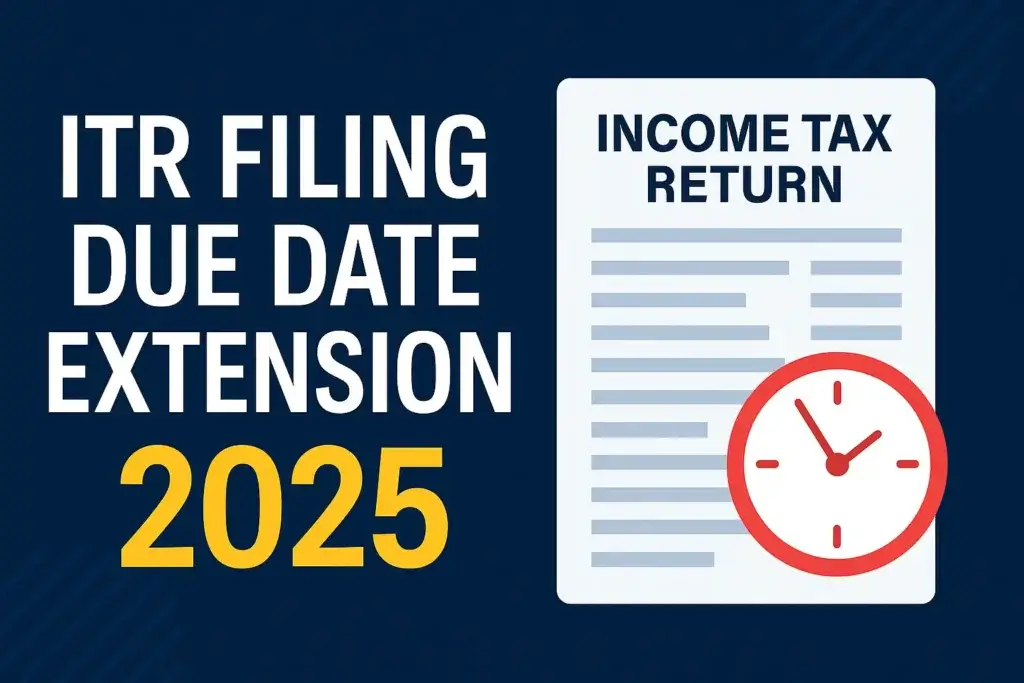The GST rate on sin goods, including aerated drinks, cigarettes, tobacco, and related items, is set to jump from 28% to 35%. This decision, proposed by the Group of Ministers (GOM) on GST rate rationalization, aims to streamline the tax framework while boosting revenue collection. The implications of this hike are expected to be significant for consumers and industries alike. Here’s an in-depth look at the proposed changes and their potential impact.

Understanding the GST Rate Hike
Current and Proposed GST Rates
Currently, sin goods such as aerated beverages and tobacco products are taxed at the highest GST slab of 28%. With the proposed increase, these items will face a 35% tax rate. This new rate is part of an effort to discourage consumption of demerit goods and align with global practices.
The existing four-tier GST structure of 5%, 12%, 18%, and 28% will remain intact, but the addition of a special rate for sin goods signals a significant policy shift.
Items Affected by the Hike
The proposed hike will specifically impact:
- Cigarettes and Tobacco Products: Already heavily taxed, these items will now face a further financial burden.
- Aerated Beverages: Popular soft drinks and energy drinks fall under this category.
This decision aligns with the government’s objective to curb consumption of harmful products while generating additional tax revenue.
Impact on Industries
Tobacco and Beverage Companies
The hike has already influenced the stock market, with shares of major tobacco companies witnessing a decline:
- ITC: Shares dropped by 3%, reaching a day’s low of Rs 462.80.
- Godfrey Phillips: Fell by 3.2%, closing at Rs 5,575.50.
- VST Industries: Declined by 2.3%, ending at Rs 318.30.
Industry experts predict that the increased tax burden may lead to reduced sales and profitability for companies in these sectors.
Consumer Behavior
Higher taxes on sin goods are expected to result in:
- Increased Prices: Consumers will face steeper costs for cigarettes, tobacco products, and aerated beverages.
- Reduced Consumption: The hike aims to discourage consumption of unhealthy products.
Rationale Behind the Tax Hike
Revenue Generation
The GST hike on sin goods is projected to boost government revenue significantly. These additional funds are expected to support public health initiatives and infrastructure development.
Public Health Goals
Increasing taxes on harmful goods aligns with the government’s efforts to promote healthier lifestyles and reduce the burden of lifestyle-related diseases.
Broader GST Adjustments
Proposed GST Changes for Other Items
The GOM has also suggested changes to GST rates for other products:
- Packaged Drinking Water: Reduced from 18% to 5%.
- Bicycles Under Rs 10,000: Reduced from 12% to 5%.
- Luxury Items: Tax on shoes above Rs 15,000 and wristwatches over Rs 25,000 increased from 18% to 28%.
New GST Structure for Apparel
- Under Rs 1,500: Taxed at 5%.
- Between Rs 1,500 and Rs 10,000: Taxed at 18%.
- Above Rs 10,000: Taxed at 28%.
These adjustments aim to simplify the tax framework and ensure fair taxation across various sectors.
Next Steps: The GST Council Meeting
The recommendations made by the GOM will be presented at the 55th GST Council meeting, scheduled for December 21 in Jaisalmer. Chaired by Union Finance Minister Nirmala Sitharaman, the council will include state finance ministers and other key stakeholders. Final decisions on the proposed GST rate changes will be made during this meeting.
Conclusion
The proposed GST hike on sin goods marks a significant step in India’s tax policy. While it seeks to discourage the consumption of harmful products and boost revenue, the move is likely to have a ripple effect across industries and consumers. As the GST Council prepares to finalize its decision, stakeholders will closely monitor the potential implications of this landmark change.
By introducing a special rate of 35% for sin goods, the government reinforces its commitment to public health and fiscal stability. However, balancing these goals with the interests of businesses and consumers will be a key challenge in the months ahead.




